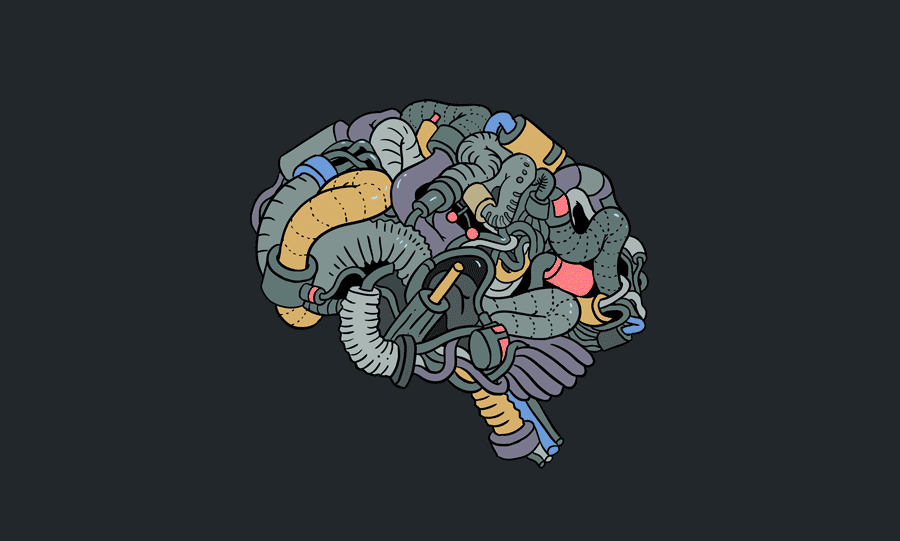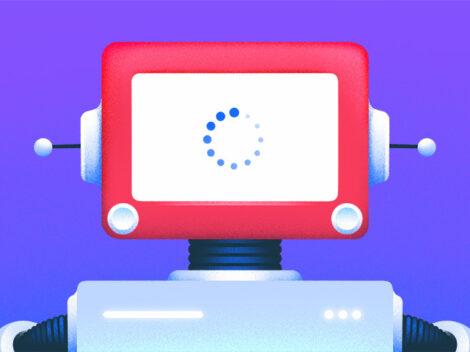A few years ago, Teslas driving down Sand Hill Road couldn’t kick up a pebble and somehow not hit a founder—typically fresh out of a PhD program—talking about their new machine learning startup. But times and trends in investing change.
“Machine learning” was the “blockchain” of its day.
However, it appears as though venture funding into companies specifically focused on machine learning and AI and its applications has begun to level off, at least in the US. But that may not be such a bad thing. Before we discuss why that could be the case, let’s take a look at the numbers.
Scaling The Funding Plateau
Artificial intelligence and machine learning, despite being active areas of academic research for decades, didn’t hit the venture-backed mainstream until fairly recently. Thanks to advances in computing hardware, commoditized and (relatively) more user-friendly open source software frameworks, in conjunction with a veritable Cambrian explosion of data, the last decade or so was particularly propitious for entrepreneurs and investors in the machine learning and AI sector.
Only after a set of enabling technologies emerged, and a firm substrate of large and high-resolution data was laid down, did entrepreneurs start companies and investors followed suit.
The chart below shows the rapid ramp-up in both deal and dollar volume for venture deals raised by companies in that sector. (To learn more about the data we’re using for this and proceeding charts, check out the notes at the end.)

It’s rare that funding data produces such a clear S-shaped curve. It’s one that closely resembles a technology adoption curve not unlike the ones first described in the 1960s by Everett Rogers in his book about *Diffusion of Innovation*s, a topic Crunchbase News has explored in the past.
Indeed, AI and machine learning—as a sector—is now relatively mature. As the chart below shows, 2017 was the first year in a decade that had a year-over-year decline in seed-stage deals (comprised mostly of angel and seed rounds, with some convertible notes and equity crowdfunding campaigns included) than prior years.

There are fewer seed-stage companies entering the pipeline in the U.S., and the proportion of early and late-stage rounds is once again growing after seed-stage deal volume peaked and plateaued between 2014 and 2016, as the chart below shows.

Even though deal volume has flattened out, dollar volume has not. But that’s mostly because if growing capital demands by early and late-stage companies. The chart below shows the growth in dollar volume, again broken down by stage.

Again, dollar volume into seed-stage deals declined from the previous year, down from approximately $515 million in recorded funding in 2016 to $415 million in 2017. Despite the downturn, early (Series A and Series B) and late-stage (Series C and beyond) dollar volume grew at a rapid clip, not just because there were more rounds, but because the average round for these deal types grew significantly over time. For perspective, the average early-stage round for an AI or machine learning startup in 2010 was about $4.8 million. In 2017, that ballooned to $11.7 million.
In Venture-Backed Startups, AI Is Common As Air
Although it’s tempting to think that reaching a deal-flow plateau is a bad thing for an emerging technology, it really marks a kind of graduation from the garage and dorm room domain of bleeding-edge startups into the mainstream.
Until a new technology paradigm comes in to shake up the field, akin to the shift to neural nets from strictly rule-based AI in the 1980s, there will be fewer niches for super early-stage startups to fill. And that’s okay.
The Startups We’re Talking About When We Talk About AI Startups
The dataset we’ve built for this analysis is expansive by design, encompassing over 3,100 unique venture capital rounds (seed, angel, convertible notes, equity crowdfunding, Series A, Series B, etc) raised by U.S.-based companies.
We started our search with Crunchbase’s “artificial intelligence” category group. This category group is itself comprised of subcategories like artificial intelligence, machine learning, natural language processing, intelligent systems, and predictive analytics. In addition to this pre-defined group of categories, we added rounds for companies in the computer vision category. And in the unlikely event that some rounds were excluded from these categories, we also included rounds from companies that use those category names as keywords in their descriptions, as well as keywords like “neural net,” “neural network,” and “deep learning.”

Stay up to date with recent funding rounds, acquisitions, and more with the Crunchbase Daily.








![Illustration of stopwatch - AI [Dom Guzman]](https://news.crunchbase.com/wp-content/uploads/Halftime-AI-1-300x168.jpg)


67.1K Followers